National parks represent some of America’s most spectacular natural treasures, but visiting them doesn’t always have to empty your wallet. While many famous parks like Yellowstone and Grand Canyon charge entrance fees that can reach $35 per vehicle, plenty of equally stunning destinations welcome visitors without asking for a penny at the gate.
These free parks offer everything from ancient forests and pristine coastlines to dramatic mountain ranges and underground cave systems. The beauty of these no-fee parks is that they remove one barrier to outdoor adventure, making nature accessible to families on tight budgets and spontaneous travelers alike.
Here is a list of 20 national parks across the United States where you can experience America’s natural wonders without paying an entrance fee.
Biscayne National Park, Florida
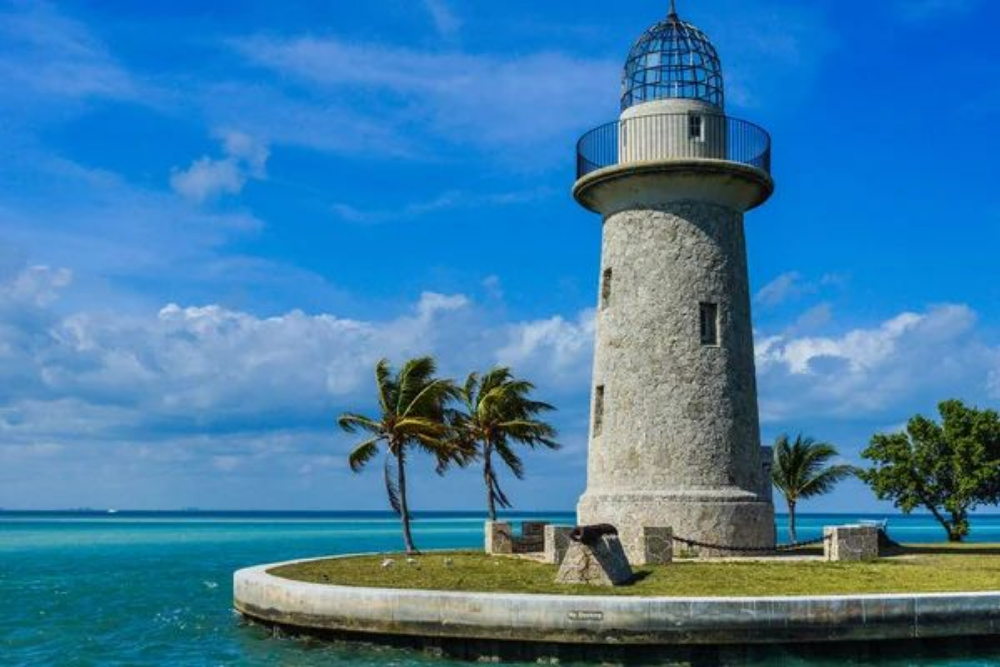
Located just south of Miami, Biscayne National Park protects a unique underwater world where 95% of the park lies beneath the surface. The park encompasses coral reefs, mangrove forests, and crystal-clear waters that make it a snorkeler’s paradise.
You can explore the visitor center on the mainland for free, though boat tours and equipment rentals will cost extra if you want to venture out to the islands.
Channel Islands National Park, California
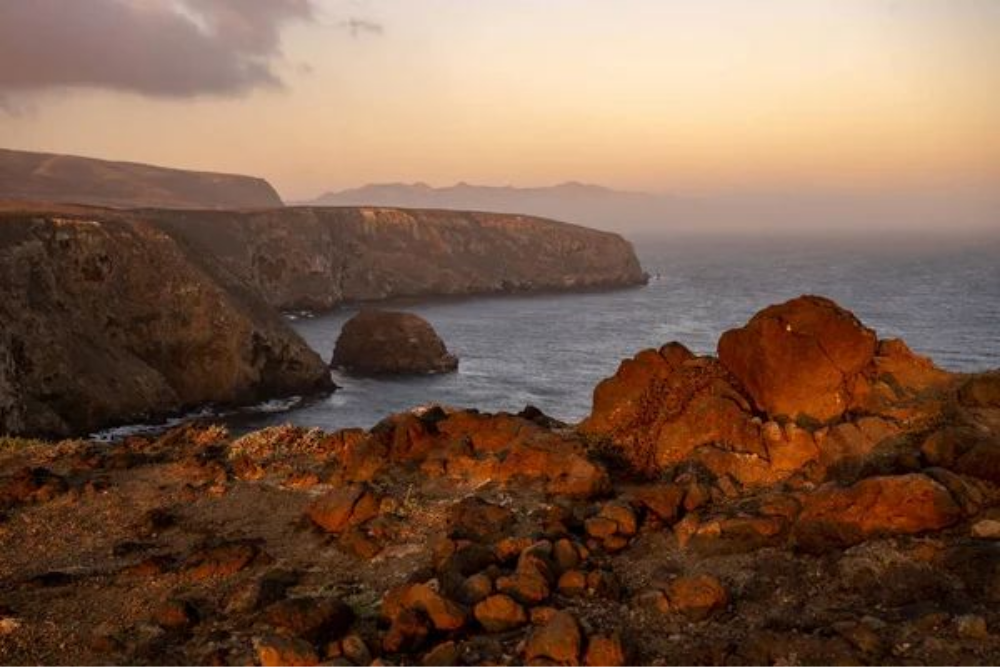
Often called ‘California’s Galapagos,’ Channel Islands National Park sits about 20 miles off the coast near Ventura. The park itself doesn’t charge admission, but you’ll need to book a ferry ride to reach the islands, which can cost around $60 per adult.
Once there, you can hike rugged trails, explore sea caves, and spot wildlife like island foxes that exist nowhere else on Earth.
Like Travel Pug’s content? Follow us on MSN. content? Follow us on MSN.
Congaree National Park, South Carolina
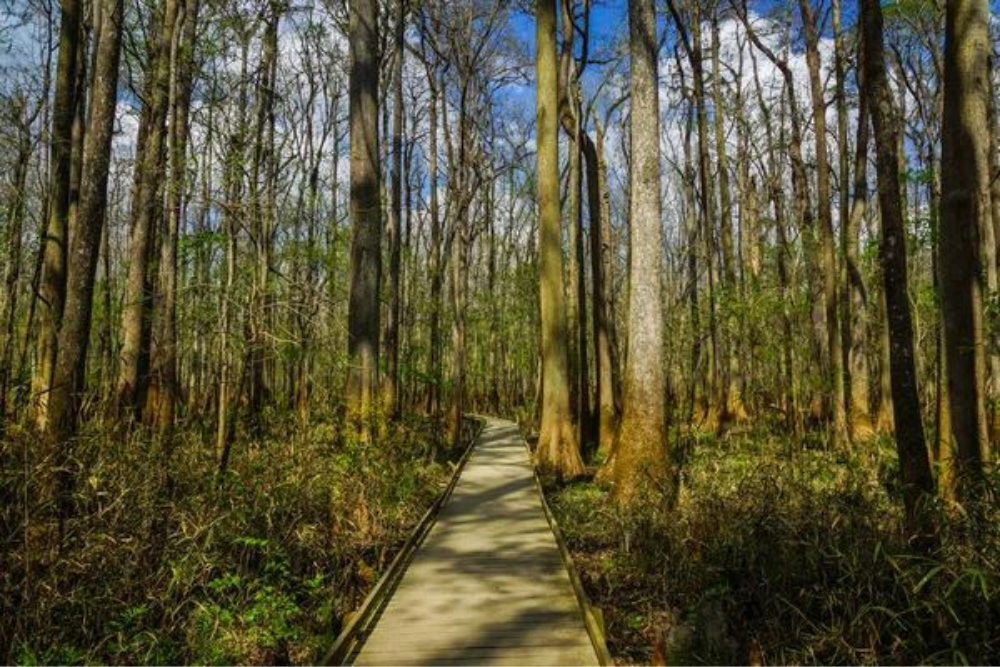
Congaree protects the largest intact expanse of old-growth bottomland hardwood forest remaining in the southeastern United States. The park feels like stepping into a natural cathedral, with towering trees creating a canopy over 100 feet high.
The elevated boardwalk trail offers an easy way to explore this swampy wonderland, where you might spot river otters, bobcats, and over 200 bird species.
Cuyahoga Valley National Park, Ohio
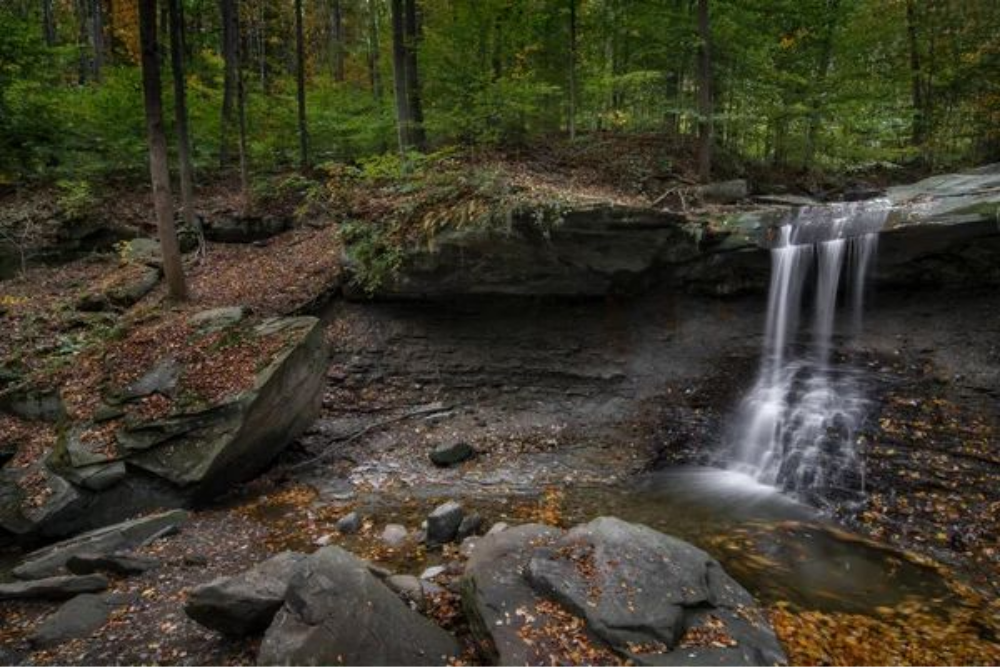
Stretching between Cleveland and Akron, Cuyahoga Valley National Park proves that you don’t need dramatic mountains or deserts to create natural beauty. The park follows the historic Ohio & Erie Canal, featuring scenic waterfalls, rolling hills, and 125 miles of hiking trails.
The Towpath Trail offers a flat, easy walk along the historic canal route, perfect for families or cyclists.
Gates of the Arctic National Park, Alaska
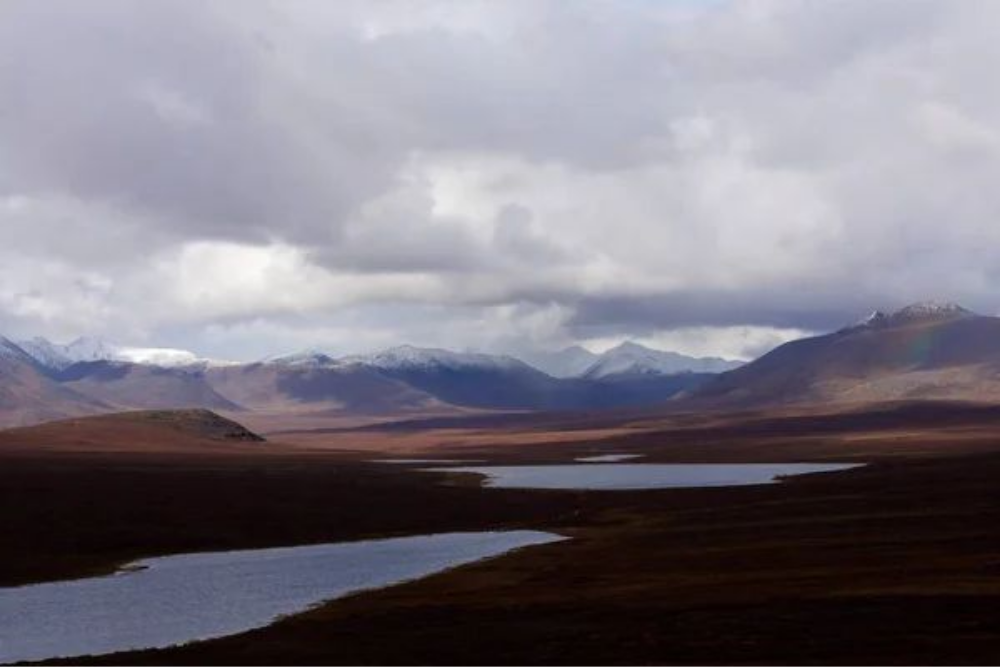
This massive wilderness park in northern Alaska has no roads, no trails, and no developed facilities—just 8.4 million acres of untouched Arctic landscape. Getting here requires flying into remote locations and serious backcountry experience, but the reward is experiencing one of the last true wilderness areas on Earth.
The park protects the entire Brooks Range, where caribou migrations stretch across endless tundra like something from a nature documentary.
Like Travel Pug’s content? Follow us on MSN. content? Follow us on MSN.
Gateway Arch National Park, Missouri
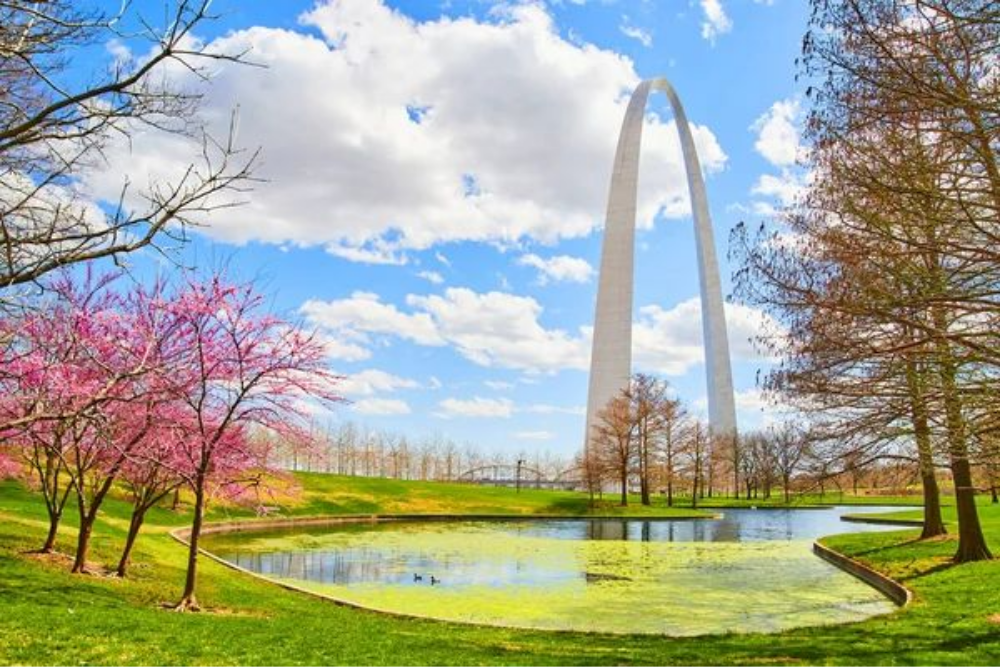
America’s smallest national park centers around the iconic 630-foot Gateway Arch in downtown St. Louis. The park celebrates St. Louis’ role as the “Gateway to the West” during the era of westward expansion.
While the park grounds are free to explore, riding the tram to the top of the arch costs about $15 per adult and offers stunning views of the Mississippi River and city skyline.
Glacier Bay National Park, Alaska
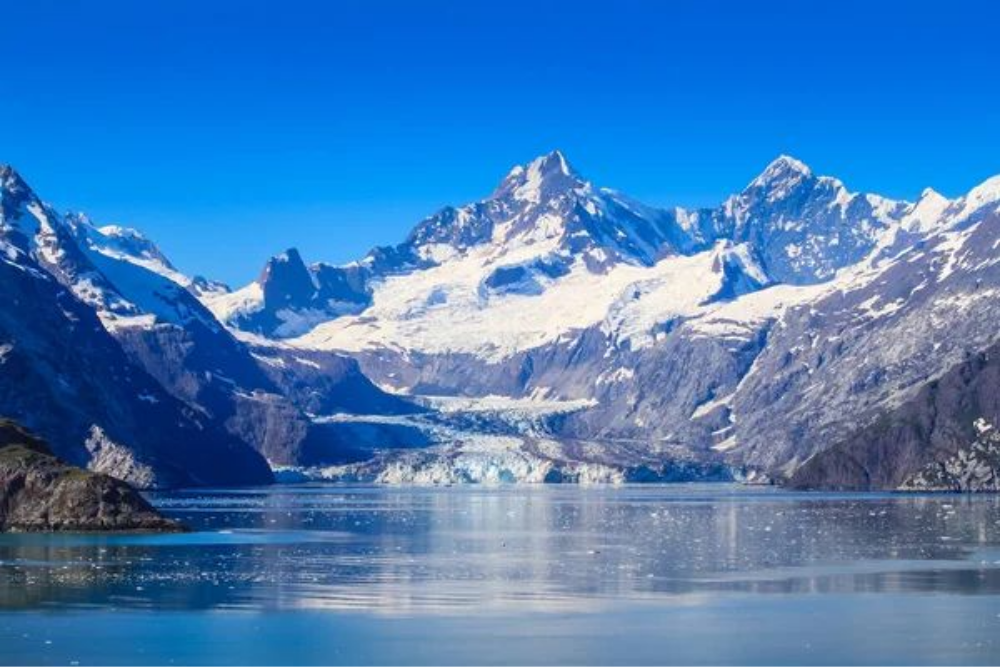
This pristine wilderness in southeast Alaska showcases the power of glaciers on a massive scale, with over 1,000 glaciers carving through mountains and into the sea. Most visitors arrive by cruise ship or chartered boat from nearby Juneau, as there are no roads into the park.
The experience of watching house-sized chunks of ice crash into the ocean—phenomenon known as calving—creates memories that last a lifetime.
Great Basin National Park, Nevada
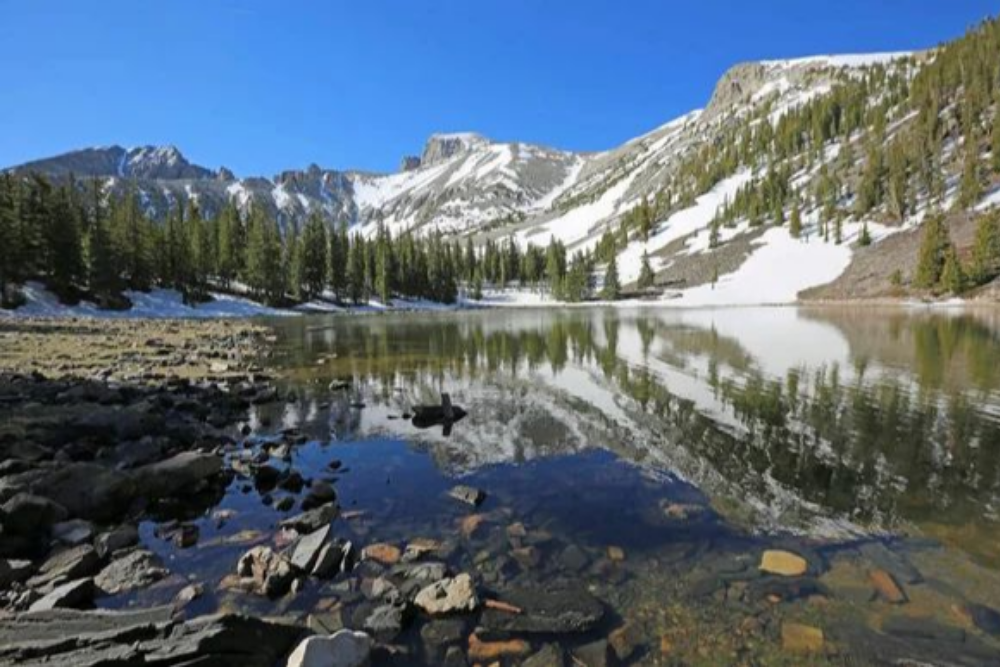
Hidden in eastern Nevada’s high desert, Great Basin National Park offers an incredible diversity of landscapes from 5,000-foot valleys to 13,000-foot peaks. The park is home to ancient bristlecone pine trees, some over 4,000 years old, making them among the oldest living things on Earth.
The night sky here is so dark and clear that you can see the Milky Way stretching across the heavens like a cosmic river.
Like Travel Pug’s content? Follow us on MSN. content? Follow us on MSN.
Great Smoky Mountains National Park, Tennessee/North Carolina
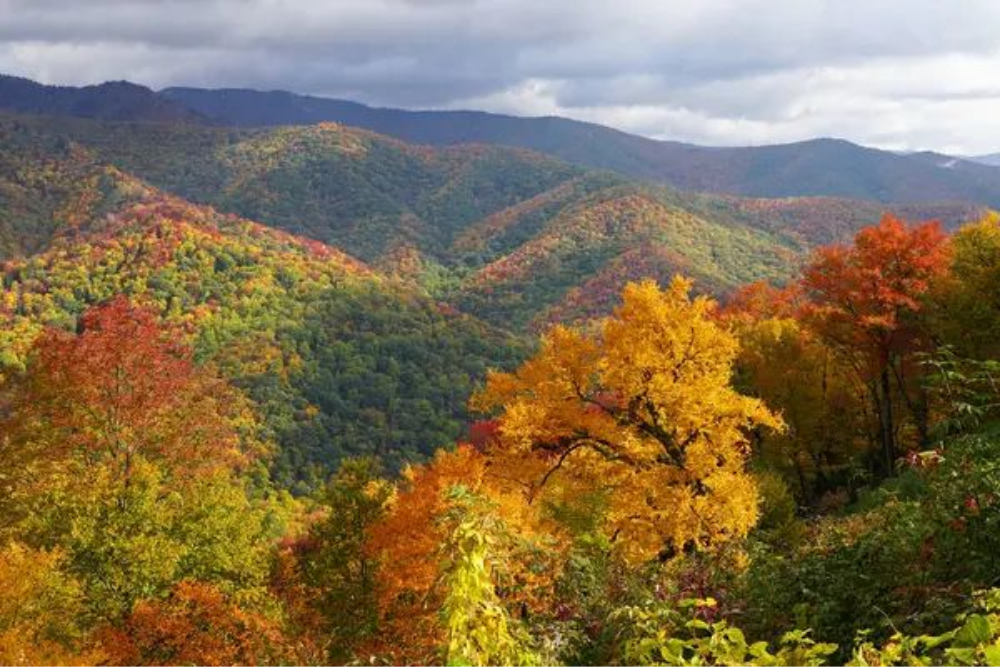
As America’s most visited national park, the Great Smoky Mountains attracts over 12 million visitors annually to its misty peaks and diverse forests. The park straddles the border between Tennessee and North Carolina, offering over 800 miles of trails through landscapes that change dramatically with elevation.
Spring brings wildflower displays that transform the forest floor into natural gardens, while fall creates a tapestry of reds, oranges, and golds that rivals any New England autumn.
Hot Springs National Park, Arkansas
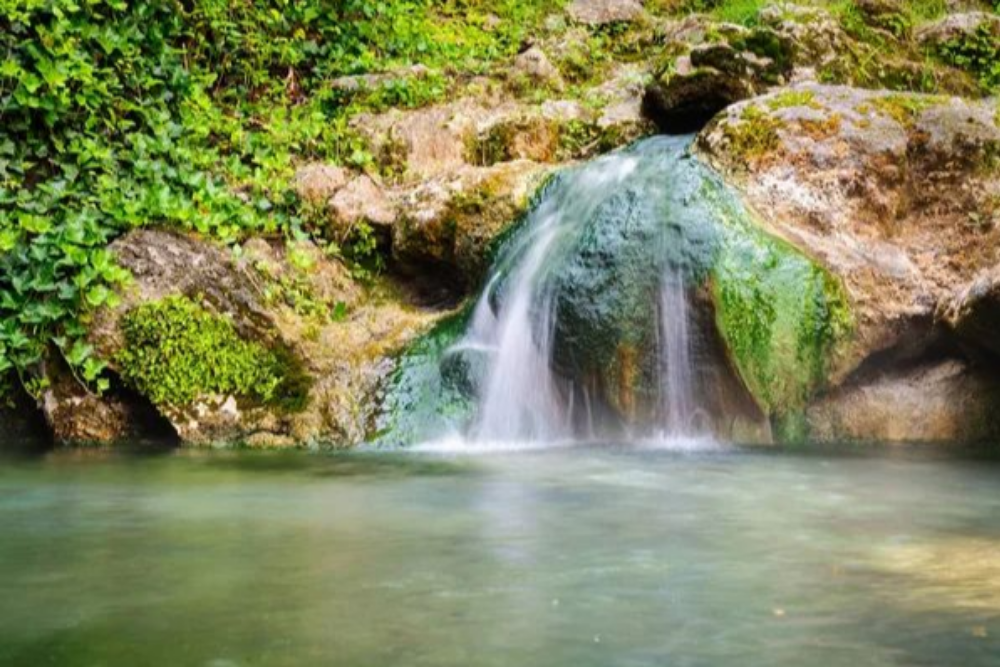
Unique among national parks, Hot Springs is built around the city of Hot Springs, Arkansas, where 47 natural thermal springs emerge from the earth at a constant 143°F. The park preserves historic bathhouses along ‘Bathhouse Row,’ where visitors have sought healing and relaxation since the early 1900s.
You can sample the spring water for free at various fountains throughout the park, though it has a distinctly mineral taste that takes some getting used to.
Katmai National Park, Alaska
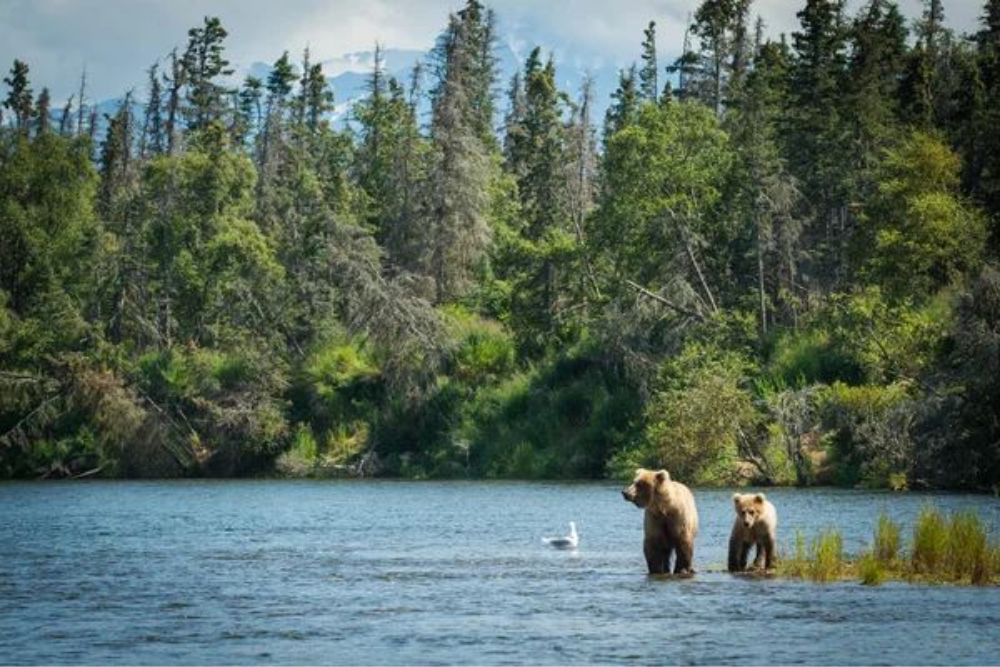
Famous for its massive brown bears fishing for salmon at Brooks Falls, Katmai National Park offers one of the world’s best wildlife viewing experiences. The park is home to over 2,000 brown bears, some weighing up to 900 pounds, and the falls provide a front-row seat to their fishing techniques.
Access requires flying from Anchorage to the small town of King Salmon, then taking another flight or boat into the park, making it a true adventure destination.
Like Travel Pug’s content? Follow us on MSN. content? Follow us on MSN.
Kenai Fjords National Park, Alaska
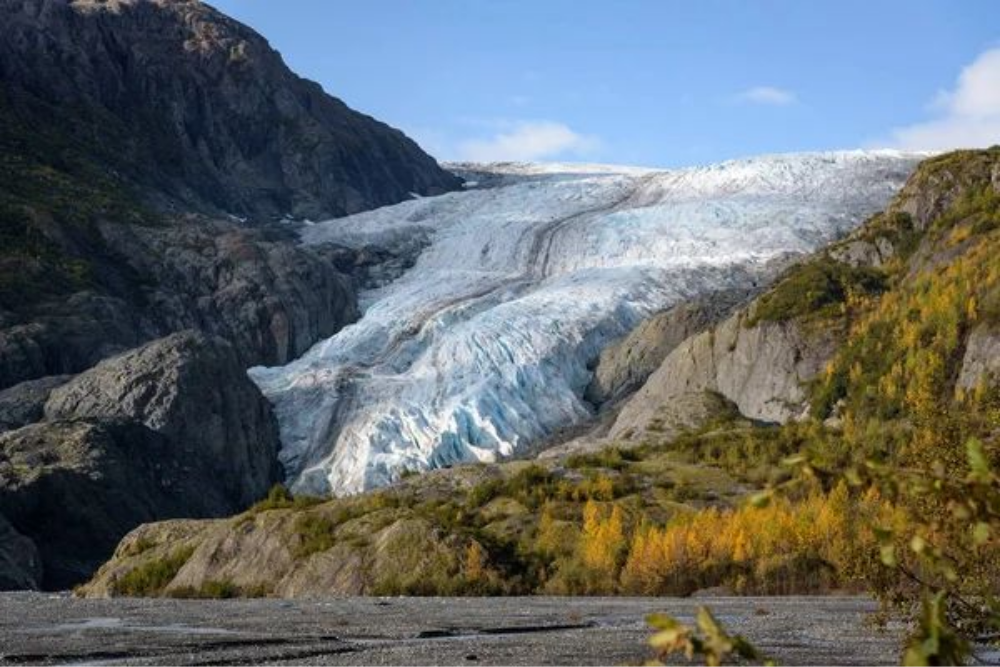
Just outside the charming town of Seward, Kenai Fjords National Park protects a landscape shaped by glaciers, fjords, and an abundance of marine life. The park’s 38 glaciers flow from the massive Harding Icefield, a 700-square-mile expanse of ice that you can reach via a challenging 8-mile round-trip hike.
Wildlife enthusiasts come here to spot orcas, humpback whales, sea otters, and thousands of seabirds that nest on coastal cliffs.
Lake Clark National Park, Alaska
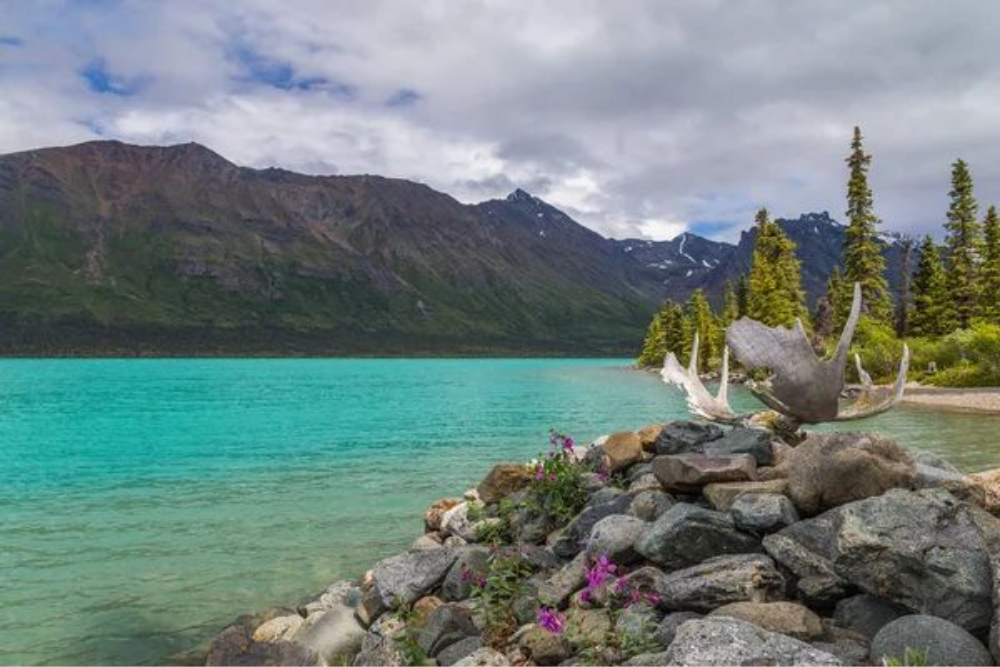
Often overshadowed by more famous Alaska parks, Lake Clark protects a stunning combination of turquoise lakes, active volcanoes, and pristine wilderness across 4 million acres. The park sits across Cook Inlet from Anchorage but feels worlds away, accessible only by small plane from the city.
Brown bears fish for salmon in crystal-clear streams while volcanic peaks reflect in mirror-like lakes, creating postcard-perfect scenes around every corner.
Mammoth Cave National Park, Kentucky
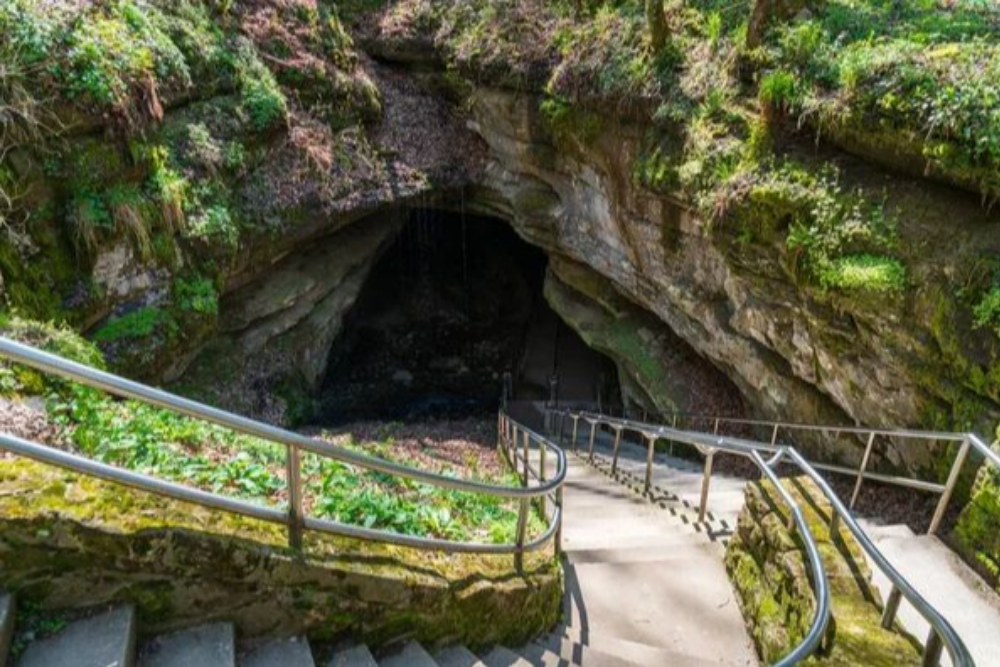
Home to the world’s longest known cave system with over 400 miles of surveyed passageways, Mammoth Cave National Park offers a journey into an underground wonderland. While the park itself is free to enter, cave tours range from $6 to $15, depending on the route and difficulty level.
Above ground, the park protects over 70 miles of hiking trails through rolling Kentucky hills and forests along the Green River.
Like Travel Pug’s content? Follow us on MSN. content? Follow us on MSN.
New River Gorge National Park, West Virginia
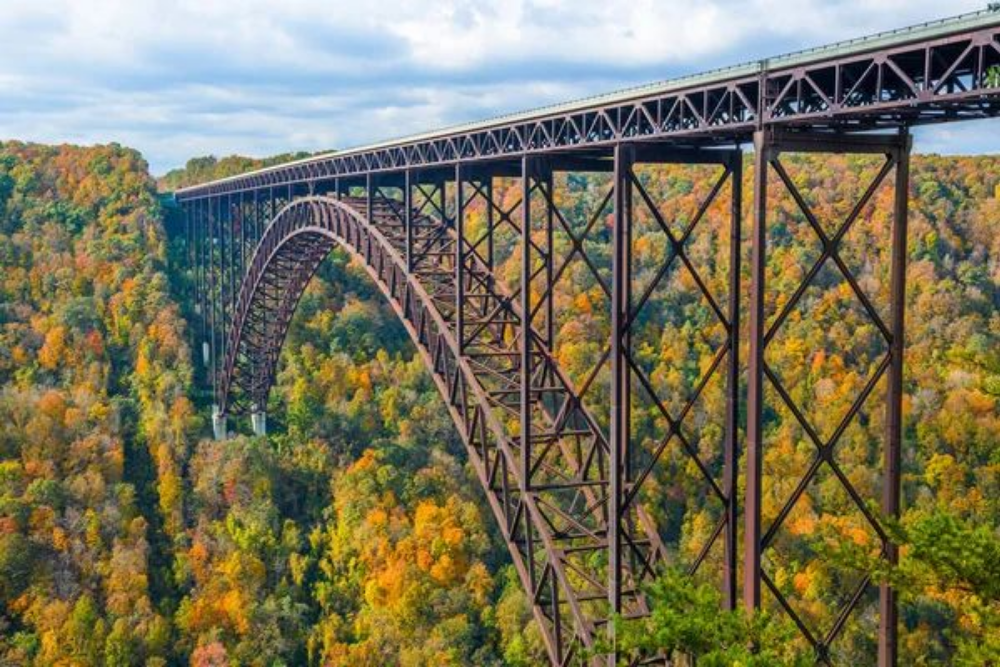
America’s newest national park, designated in 2020, New River Gorge protects 70,000 acres of rugged Appalachian landscape carved by one of the oldest rivers in North America. The gorge offers world-class rock climbing, whitewater rafting, and hiking, with the iconic New River Gorge Bridge serving as a dramatic backdrop.
Fall brings spectacular foliage that transforms the gorge into a canvas of brilliant colors visible from numerous overlooks.
North Cascades National Park, Washington
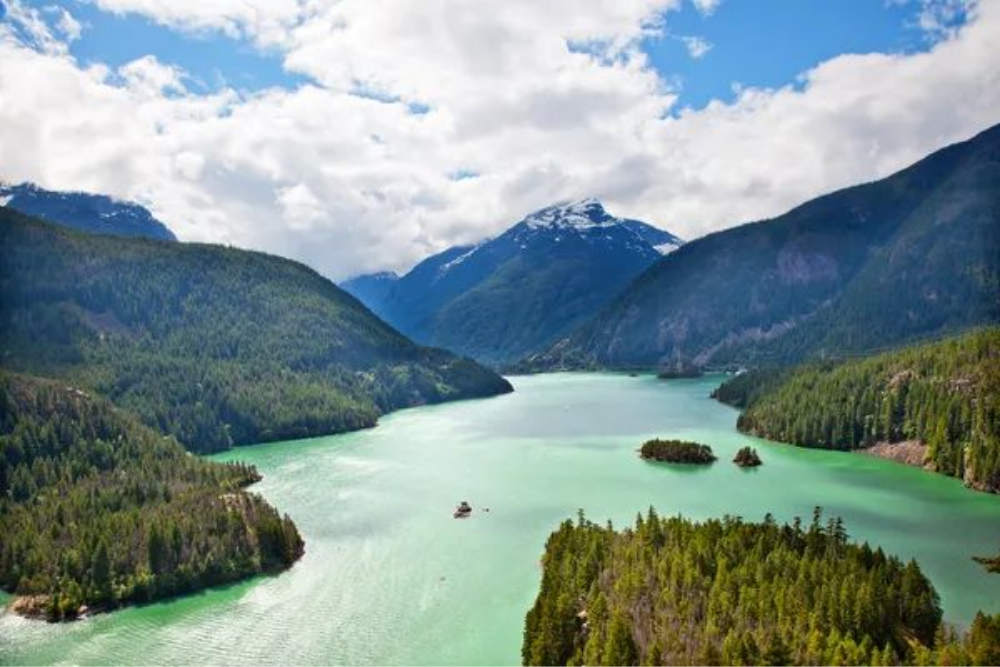
Called the ‘American Alps’ for its jagged peaks and pristine alpine lakes, North Cascades National Park protects over 300 glaciers and some of the most dramatic mountain scenery in the lower 48 states. The park’s remote location means fewer crowds than other Northwest parks, offering solitude among towering peaks and electric-blue glacier-fed lakes.
Highway 20, the North Cascades Scenic Highway, provides stunning views even for visitors who prefer to stay in their cars.
Redwood National Park, California
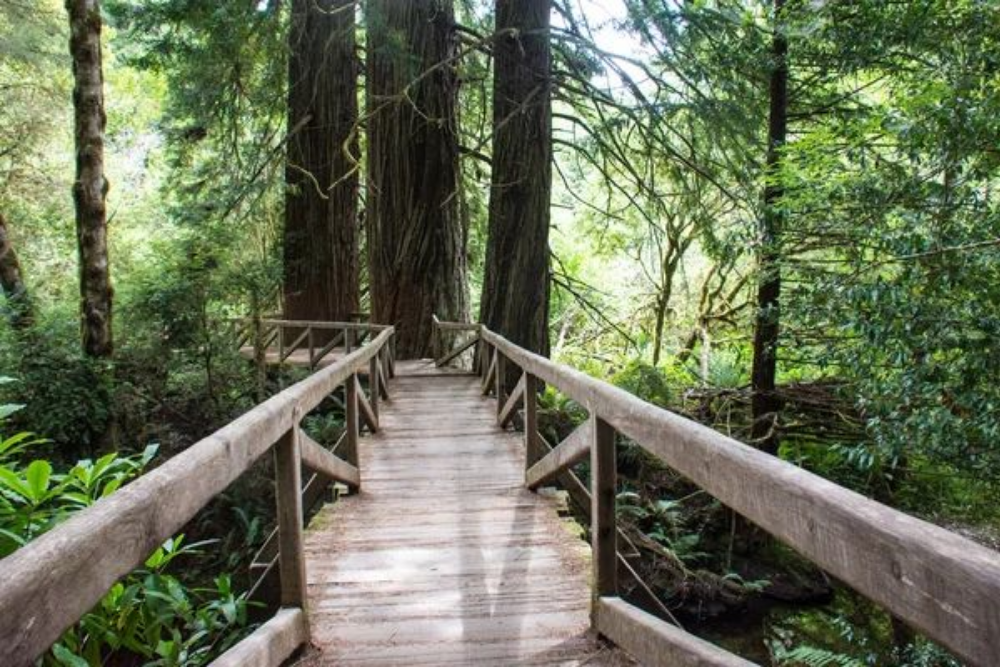
Walking among the coastal redwoods in northern California feels like entering a living cathedral where trees stretch over 350 feet toward the sky. These ancient giants, some over 2,000 years old, create a hushed, sacred atmosphere as fog drifts through their massive trunks.
The park protects both old-growth redwood groves and 40 miles of pristine Pacific coastline, offering a combination of forest and ocean experiences.
Like Travel Pug’s content? Follow us on MSN. content? Follow us on MSN.
Voyageurs National Park, Minnesota
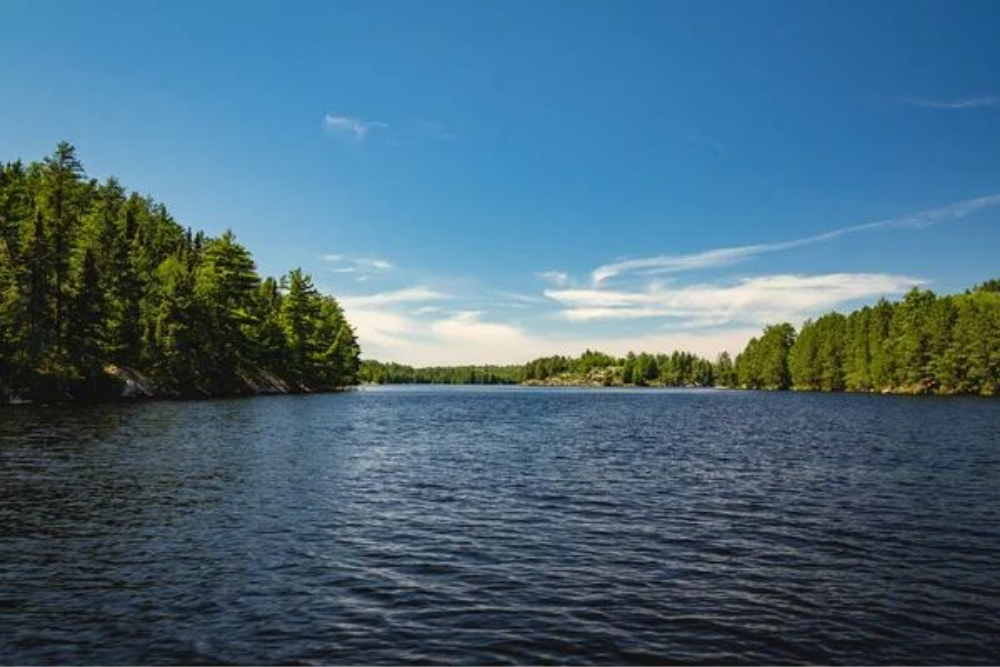
This water-based park along the Minnesota-Canada border protects a landscape of interconnected lakes, islands, and forests that once served as highways for French-Canadian voyageurs. Over 200,000 acres of wilderness can only be explored by boat, canoe, or kayak, making it a paddler’s paradise.
In winter, the frozen lakes become a highway for snowmobiles, cross-country skiers, and ice fishermen seeking northern pike and walleye.
Wind Cave National Park, South Dakota
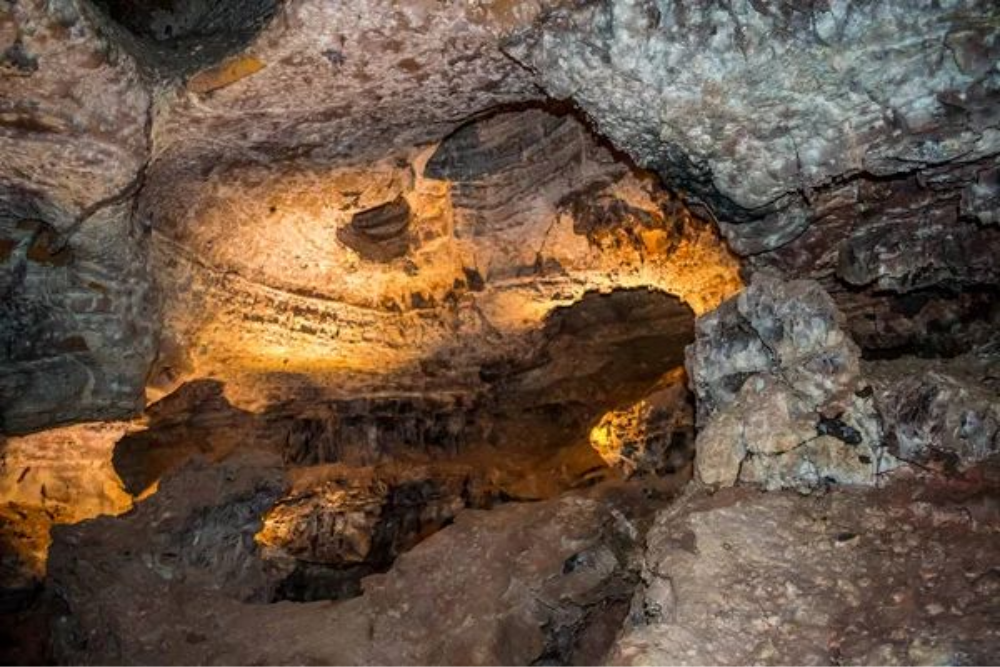
Beneath the rolling prairie of the Black Hills lies one of the world’s longest and most complex cave systems, known for its unique calcite formations called boxwork. Above ground, the park protects 33,000 acres of mixed-grass prairie where bison, elk, and prairie dogs roam freely in one of the few remaining intact grassland ecosystems.
The contrast between the underground maze and the open prairie creates a unique dual experience.
Wrangell-St. Elias National Park, Alaska
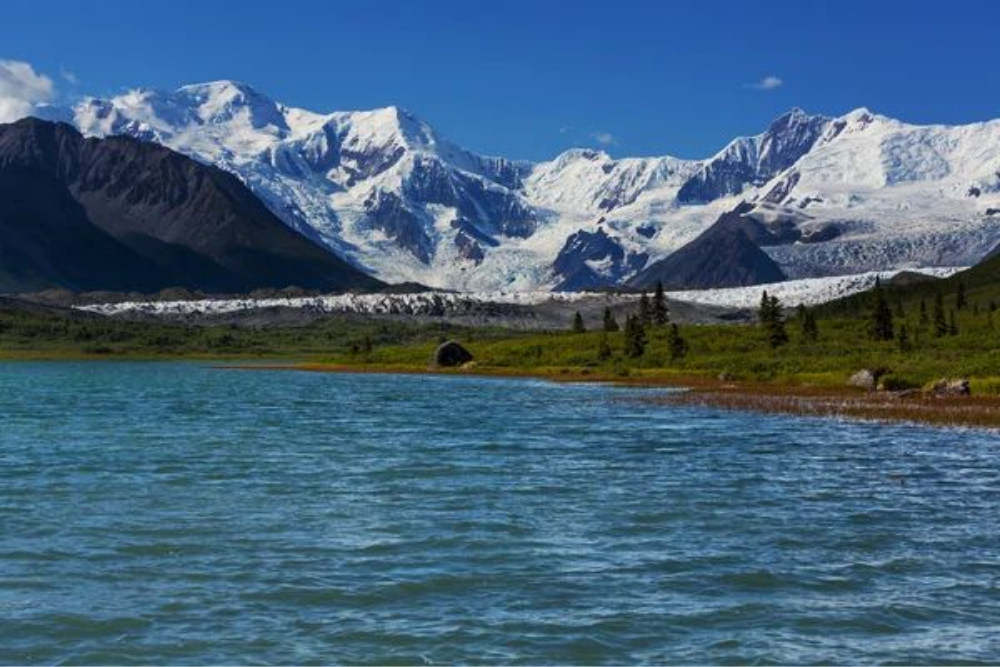
At 13.2 million acres, Wrangell-St. Elias is America’s largest national park—bigger than Yellowstone, Everglades, and Grand Canyon combined. This massive wilderness contains the continent’s largest collection of peaks over 16,000 feet, including Mount St. Elias, North America’s second-highest coastal mountain.
The park’s two rough gravel roads provide access to historic mining sites and spectacular mountain views. Still, much of this incredible landscape remains as wild and untouched as when the first explorers arrived.
Like Travel Pug’s content? Follow us on MSN. content? Follow us on MSN.
Nature’s Democracy in Action
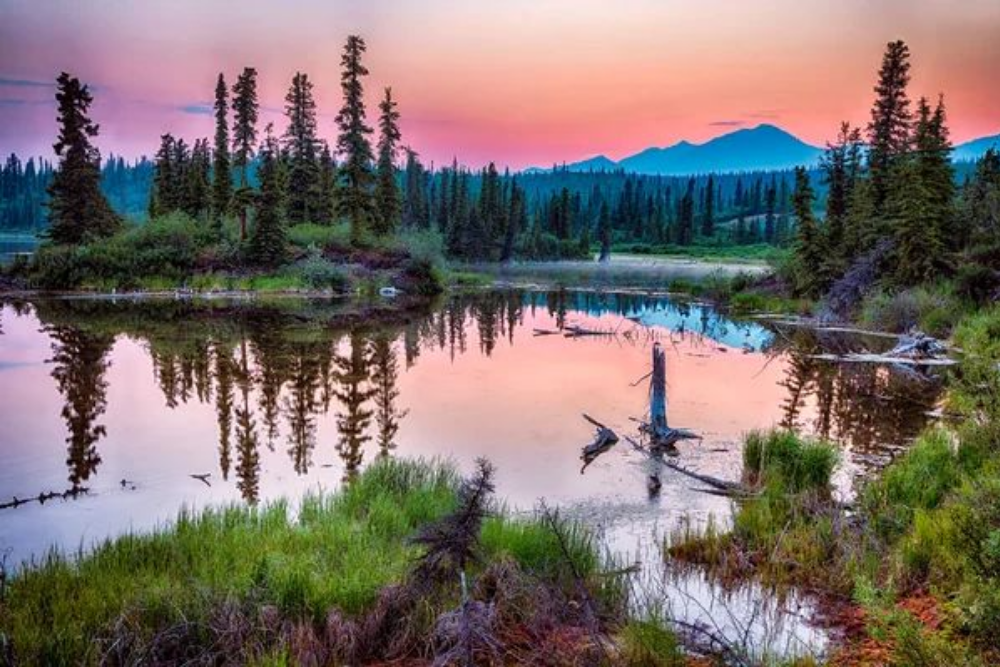
conservation—places where natural wonders remain accessible regardless of economic circumstances. While many famous parks have implemented entrance fees to fund maintenance and improvements, these 20 destinations continue the original democratic vision of the National Park Service.
Today, as outdoor recreation grows more expensive and nature becomes increasingly important for mental and physical health, these parks serve as vital sanctuaries where anyone can find renewal among America’s most spectacular landscapes. Whether you’re planning a cross-country adventure or looking for a weekend escape, these parks prove that the best things in nature truly can be free.
More from Travel Pug

- 20 Best Beach Towns in the Carolinas
- 13 Destinations Where Tourists Regularly Regret Their Trip
- 20 Things You Actually Get in First Class
- 20 Small Airports With Aviation Museums
- 20 Places in the U.S. That Are Perfect for a Reset Trip
Like Travel Pug’s content? Follow us on MSN. content? Follow us on MSN.
